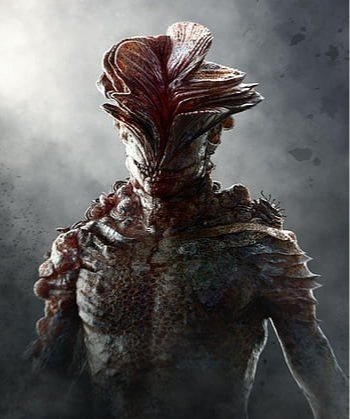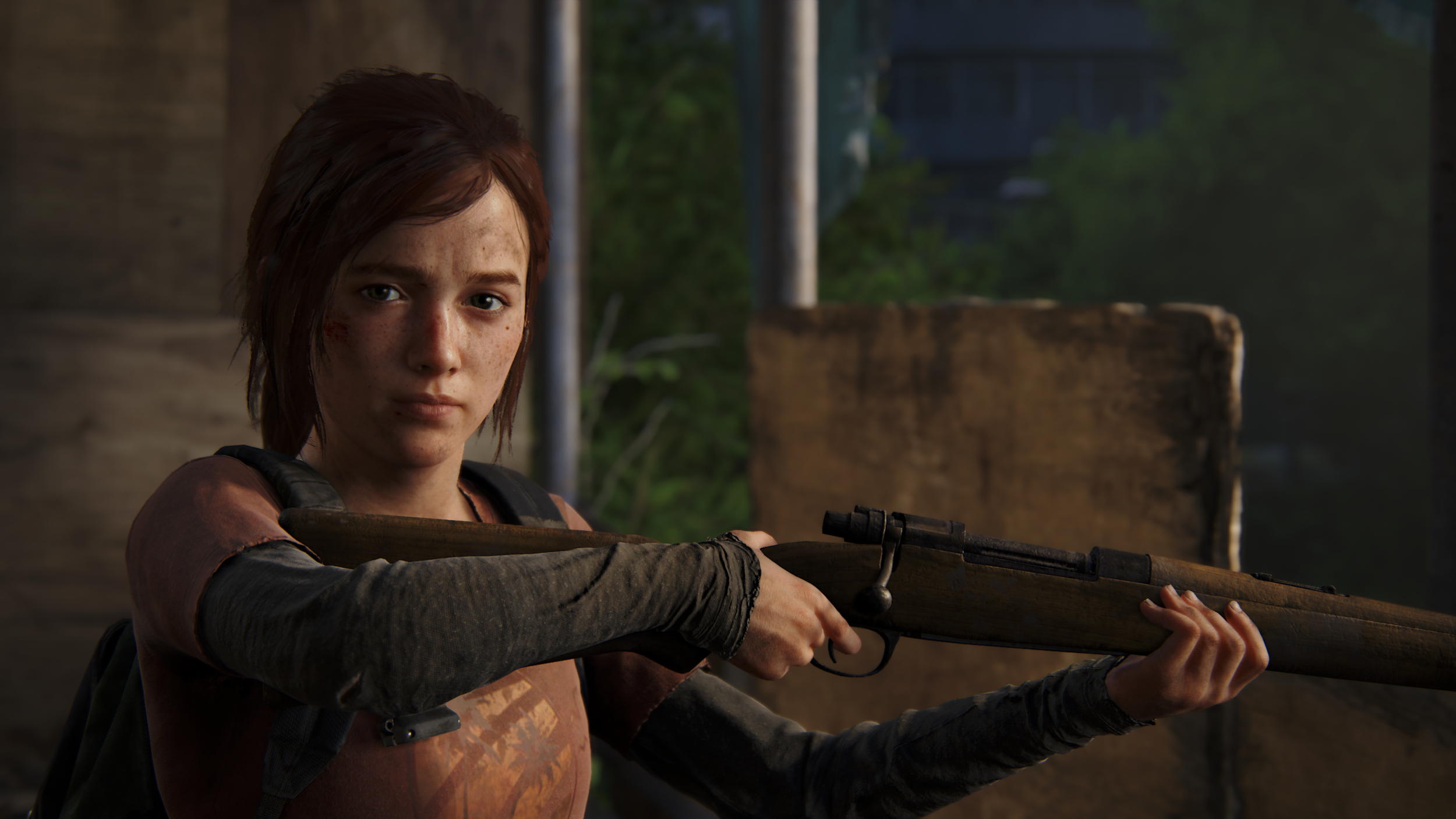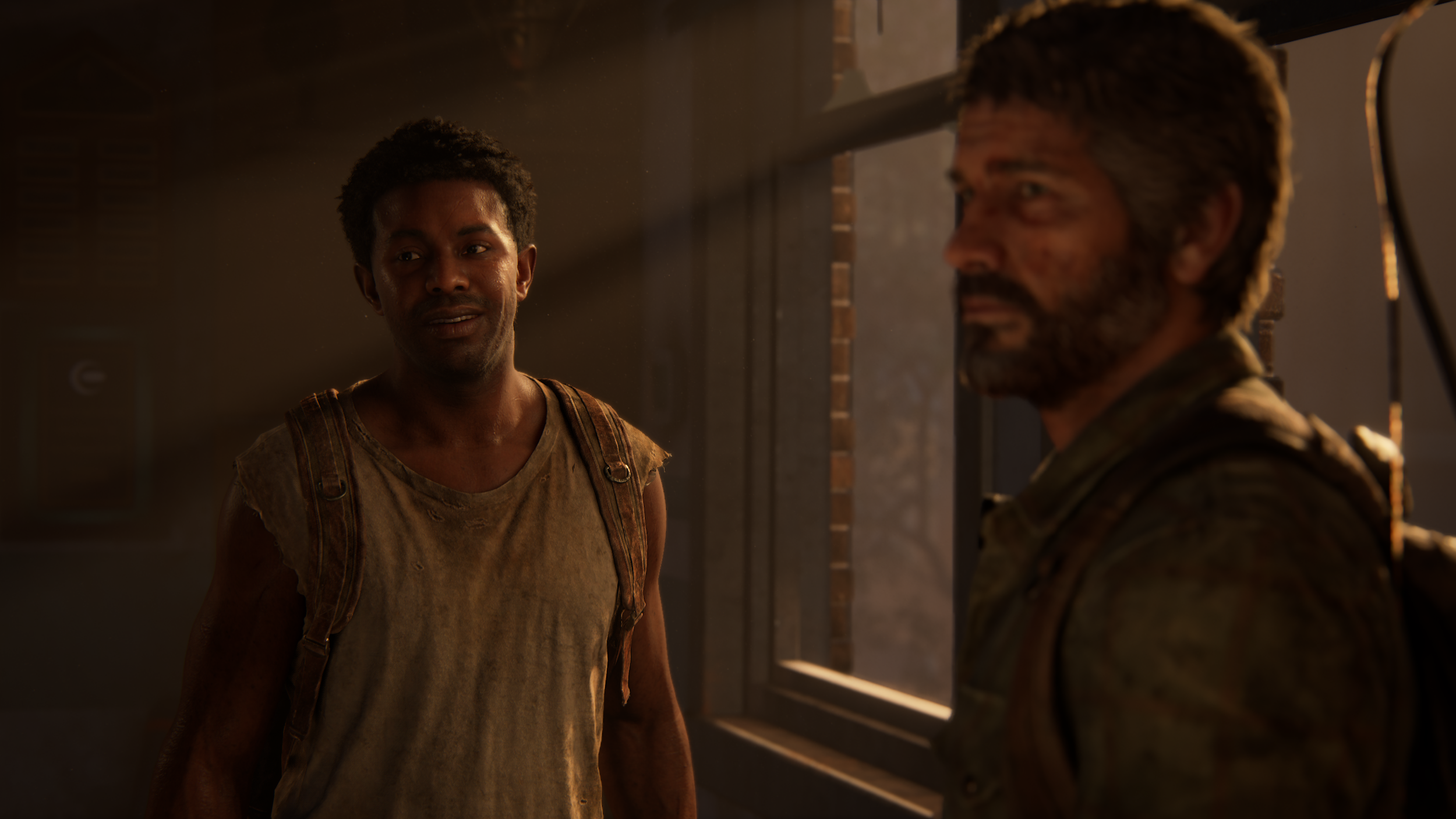The platform you play games on can be a pretty big deal. This decision will dictate how you play, which games you have access to and who you play them with. For me, PC gaming has almost always been my main platform with a console knocking around somewhere. For the last ten years the best combination, in my humble opinion, is a decent gaming rig and the latest PlayStation. I say this because for a while now almost all Xbox games come to PC (many on day one), which just leaves Sony and Nintendo. We do have a Switch (mainly for my son) and a PS5 which leaves all corners nicely covered.
As Sony has now started warming up to the PC platform we are seeing many of their marquee titles finally arriving at our doorstep. Even better, almost all of these games have been outstanding ports and thus provide the very best version of that game: God of War and Spider-Man being two good examples. Obviously, more recent ports have not faired so well, but we’ll come to that. Since it launched in 2013 there is one game I have played every autumn without fail and that is The Last of Us. Every year when the leaves turn golden and the nights get frosty, I settle in and walk that dangerous road once more. Now, with the PC getting this seminal title, I can finally sit down to write a review ten years in the making.
Plant Based Apocalypse
The world as we know it is over. It was not nuclear hellfire or a giant space rock that knackered the world of men: it was mushrooms. I remember a few years ago seeing a nature documentary about a fungus in the Amazon Rainforests that could infect living creatures. These Cordyceps spread through the metabolic pathways in the body of the unfortunate invertebrates, taking control while keeping their host alive. This is a pretty grotesque (but fascinating) process in ants, the idea of humans being susceptible would be the stuff of nightmares. So it has come to pass in this story of survival that humans are now the puppets of plants.
The game starts just as the infection is taking hold and the world grapples with this virtually unstoppable threat. This incredibly well-made opening sequence introduces Joel, his daughter Sarah and brother Tommy. As the wheels of civilisation are starting to come off around them, Joel and Tommy try to get Sarah to safety which ultimately leads to a devastating outcome. Sarah is murdered in cold blood by a soldier and as that moment is still ringing in your ears, we jump twenty years to the present day.
As the title of the game suggests, not many humans make it through the following catastrophe and most governments just collapse in on themselves. In some places, there is still some semblance of authority with military groups running quarantine zones within the old city limits. It is here where we catch up with a far more weathered and bitter Joel. With his partner Tess, we now start the game proper as a weapons deal goes south and they end up with more baggage than they bargained for.
Blueprints for Success
I don’t know why but my brain only just considered the gameplay format in The Last of Us is very similar to that in Naughty Dog’s other big game series. Like Uncharted, your character moves along a fairly linear path, exploring each environment which inevitably leads to a conflict sequence. I will say that the line between action and exploration seems more blurred in The Last of Us, but it is definitely there.
As with all Naughty Dog games a tutorial of sorts is worked into the opening sequence. How to crouch, how stealth works and how to approach melee combat. As you encounter threats, most will boil down to infected or groups of humans with an occasional crossover. As you move through each area you will find a whole manner of items to keep you alive. Bricks and bottles for example can be either thrown as a distraction or used to stun an enemy while you move in for a takedown. Using your backpack you can also craft by putting together grenades ad hoc or crude medkits. Your weapons can also be tinkered with a great deal and now we see an example of the improved visuals brought over from Part 2. As I have played this game many times, it is second nature to me how to deal with the various enemy types. A bunch of clickers, for example, can be lured to one spot and then incinerated with a single Molotov: crispy seaweed for everyone.
Games like this can live or die on how the AI runs and here it works very well. It is not that the game is packing some ultra-advanced detection system which hasn't been seen before, but the level of realism Naughty Dog has layered on top. Enemies will comment on the second-to-second events within a fight, yelling that you will pay for shooting their friend you can sometimes hear the fear in their protests. They will also shout out your specific location to others in the group, making their behaviour and decision-making seem more organic. Sometimes you see a broken human enemy stop and beg for mercy, Joel knows none can be afforded in this world. Using the environment in fights also adds another level of grounding as Joel will use walls to wind his opponents or a car bonnet to explode an infected skull.
The World's End
If there is one thing that Naughty Dog does well it is world design and creating hyper-detailed places that feel lived in. This is evident right from the first hour walking around as Sarah in the opening sequence. Each room is exquisitely made and really feeds my compulsion to poke around digital worlds. Obviously, at this point the world is still intact but when we shift to the present day, the way the world looks changes drastically. However, what doesn't change is the wonderful way the team at Naughty Dog carved this broken world out of digital clay. In the Digital Foundry breakdown, the team noticed that there were definitely issues with some elements of the ultra preset such as missing light sources. The drop to medium textures also sees quality levels drop off a cliff, so this is worth bearing in mind when tinkering with settings.
As humanity is still reeling from the infection the routine upkeep of cities has all but ceased and now nature has come to reclaim what was once hers. Crumbling brickwork gives way to plant life and skyscrapers teeter as they succumb to the inevitable victory of gravity. Abandoned rusting cars litter the horizon and there is also evidence of the fight the old world put up. Huge bomb craters have now filled with water and form waterways down the streets where men once ruled. I think this is why The Last of Us resonates with me so much. It reminds us of the very real prospect that, with only a slight nudge, our society could come crashing down around us.
Well Seasoned
So as many PC gamers will still not have played The Last of Us I will not talk too much about the story beats. However, I think it is safe to say that this game is all about getting Ellie across the country intact due to her immunity from the infection. As Joel and Ellie start to bond the experiences that brought them to this point start to bubble to the surface. Joel has shut himself away from his humanity in order to survive and being around Ellie is the catalyst for him opening up again. Ellie, while still very young has had to become tough, self-sufficient and quick on her feet. While the game world is a fascinating backdrop, it is the relationship between Ellie and Joel that takes centre stage.
It has always been interesting to me that the game follows the four seasons in a year: starting with summertime. As the game progresses you can see this shift and it also has a thematic element that follows the story to its final conclusion. Unless you have been living under a rock you will be aware that HBO has just finished airing The Last of Us show. I think it is safe to say it has been a spectacular success and proves that games can spawn great shows/films. I love how the writers have also jumped the tracks here and there, giving fans of the game a better idea of how it all started. I also loved the episode with Frank, while obviously not how things pan out in the game it ultimately ends in the same place: Ellie and Joel getting their truck.
Levelling with Expectations
While we have seen both a remaster and now a full remake, the game's overall structure has stayed largely untouched (to the disappointment of some). While I had also initially envisioned all the cool features from part 2 being brought in, I am now thankful they left it alone. This version of The Last of Us is unmistakable as the game I played ten years ago. Many people were sceptical that this game was getting a full remake and others worried they would change too much. I must admit, I miss the original look of Ellie but I can also appreciate the efforts to marry up how she looks now to the model in Part 2.
Thankfully, Naughty Dog has managed to remake each part of the game while still keeping what made the first version so endearing. Not only that but there has been new energy breathed into every scene with additional foliage and brand-new assets. If we had seen the prone crawling from Part 2 added, this would have required a structural reworking of each level. I believe this, or any other new gameplay feature would have changed the vanilla experience too much and something would have been lost. As it stands, in terms of gameplay, we have only seen a few changes to AI and pathfinding: which is just enough.
Is it PC?
So it is time to address the elephant doing backflips around the room! This port is an absolute train wreck for most PC gamers. I was a few hours late booting the game up and when I saw the Steam reviews I knew something had gone horribly wrong. One Steam reviewer set it out perfectly. ‘Sony hired the most infamous PC porting team to handle their two biggest IPs, despite owning Nixxes, the most famous PC porting team.’ JackStillAlive.
So the main two issues people are reporting are constant crashing and some woeful optimisation that mainly centres around too much VRAM being eaten up. The first indication that something is amiss is when the shader compilation takes way too long, twenty minutes for me and some people reporting hours. Obviously, this is just ridiculous. However, it seems letting this process play out (if it doesn't crash) will ease some of the worse performance issues. My rig is an overclocked i9 12900K, 32GB of DDR5 RAM and an overclocked 3080ti. This is a powerful system and should run this game with ease at 1440p. While being aware of the issues others are having, I have to review the game from my own experiences. With all the settings whacked up to ultra, I am getting decent frame rates overall, around 70 - 100 fps, which is acceptable. I have been holding out for the 1.0.1.7 patch which is the third and supposedly the most impactful: I crashed a few minutes after booting the new version up.
Unfortunately, when moving into a new area I am seeing the occasional situation where the game completely freezes up for a few seconds. When checking the handy VRAM usage indicator I saw that it was using 101% so this might account for these hiccups as the game tries to use my main system RAM, this has remained the same after the latest hotfix. Around five hours in I decided to utilise the DLSS and this seemed to spark a string of the crashes that others had been reporting. This game was not ready for release, not even close. It’s a shame because some elements are very good, such as the wealth of graphical options to tinker with that properly show what effect it will have.
Having played this game so many times with a controller it was always going to be strange trying mouse and keyboard. Overall it seems to be well implemented, although initially there did seem to be a slight stutter when moving the view with the mouse. However, on this current build mouse movement seems smoother and in general, I’ve really enjoyed moving around with a brisker pace on PC. Remapping the controls all work fine and it’s a good job because the default keys are not very intuitive. If you have a dual sense controller support has been added as with all Sony ports now, which is great. Especially because creeping up to a clicker just isn't the same without using an analogue stick.
Conclusion
It wasn’t supposed to be like this. Right now I was anticipating wrapping up a glowing review with a firm recommendation. However that is not the case, as of right now I cannot recommend you buy the Last of Us on PC right now. If you have a system around the same level as my own rig then there is a good chance it will power through most of the poor optimisation, but the other issues such as crashing and micro-stutters may still rear their head. In better news, Naughty Dog does seem to be working very hard to get this game up to snuff and so far we have seen some marginal gains in performance. However that does beg the question, why not wait for a few more weeks to get these fixes in place? Did they really not know what state this game was in? I find that hard to believe.
PC gaming has been going from strength to strength in recent years but these last twelve months have seen a glut of poorly handled ports. Wildhearts, Hogwarts Legacy and The Witcher 3 remaster to name just a few that have landed on PC with a thump. This trend deserves a longer look but right now I will just say, I’m getting really sick of developers relying on post-release patches and low performance being propped up by DLSS.
I am livid with Sony, Naughty Dog and Iron Galaxy for the shameful treatment of what is meant to be their crown jewel. The state this game is in not only affects their own reputation but also damages PC gaming in a more general sense. If they cannot put the effort into making a good port on PC then I would rather they did not bother. It makes it even more galling because I can see the potential of this game on PC, the detail and lighting all look sublime thanks to the amazing work done for the PS5 remake. I hope lessons can be learned here and the game can be worked into a decent state. Ending on a positive note, I do believe Naughty Dog will get this game fixed and I am still very much looking forward to seeing Part 2 on PC.




























